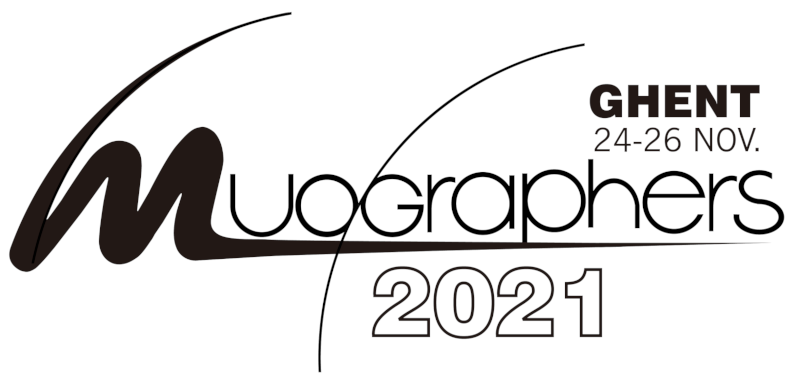Speaker
Description
The angular deviation commonly represented by the scattering angle generally serves to provide the characteristic discrimination in the muon scattering tomography. The regular procedure to determine the scattering angle compromises the collection of exactly four hit locations in four detector layers among which two top detector layers are utilized to construct the first vector, whereas the second vector is built by using two bottom detector layers. Although this procedure acts to classify the target volumes in the tomographic systems based on the muon scattering, the scattering angle obtained through the usual methodology founded on four detector layers is dubious for not yielding any information about the position of target volume. Nonetheless, the same set of four detector layers also imparts the possibility of splitting the scattering angle into two separate angles by creating a triangular correlation in such a way that the scattering angle is referred to an exterior angle, whereas the separate angles are considered the interior opposite angles that are not neighboring this exterior angle. In this study, we first show that a combination of three detector layers out of four fulfills the calculation of the interior opposite angles. Then, by employing the GEANT4 simulations over our tomographic configuration composed of three plastic scintillators in either section, we demonstrate that the interior opposite angles differ towards the vertical spatial variation, while the exterior angle approximately remains constant, thereby implying a beneficial feature to be used for the image reconstruction purposes.
